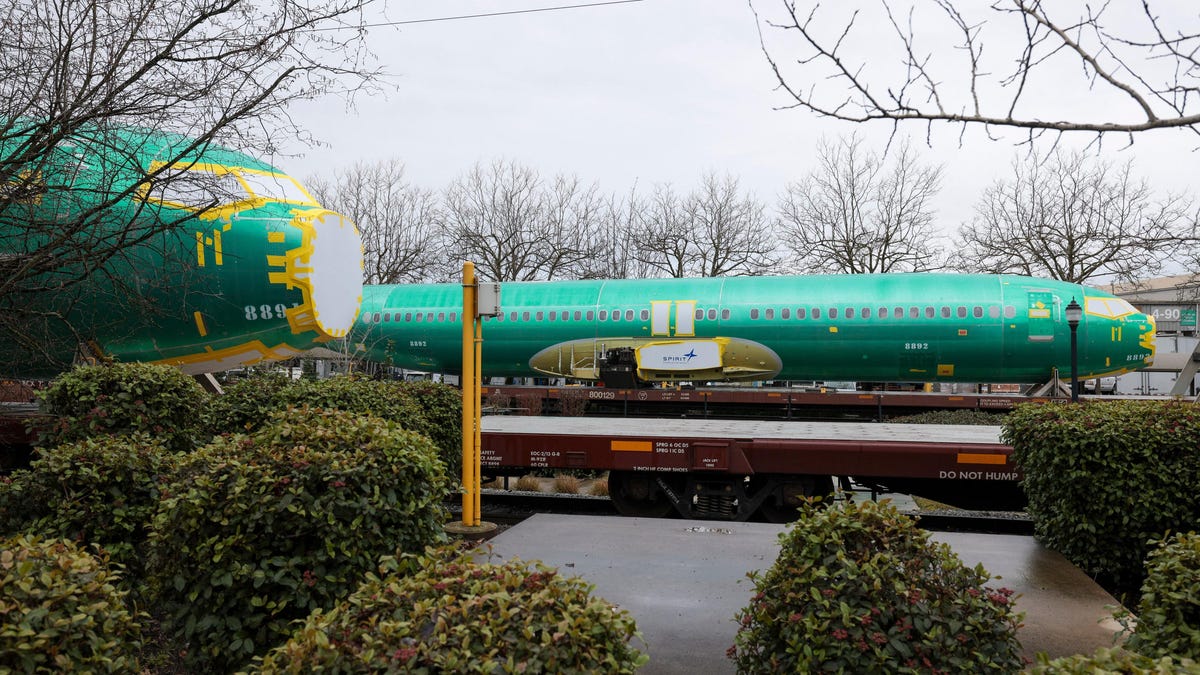
Believe it or not, commercial planes aren’t designed to collide with anything except adorably aloof birds at both 575 miles per hour while soaring through the sky (or 20 mph taxiing around an airport.) A panini of fiberglass cabin interior wall, assembly plant air and thin sheet aluminum is the only thing shielding passengers from the elements when they buckle into a seat. I promise you, it couldn’t be safer.
Let’s use the Boeing 737 Max as an example. I’m not trying to imply that the American-built aircraft is more likely to crash compared to its European rival, the Airbus A320neo, the dimensions were just more easily accessible. The 737 Max’s fuselage is 3.76 meters across and the cabin is 3.53 meters wide. Splitting the difference of the two cross-section measurements in half leaves you with 115 millimeter-thick hollow wall, or 4.5 inches.

The aluminum skin wrapped around an airframe is typically around a millimeter thick. It varies depending on the section of the plane, with thicker skin around the joints with the wings and stabilizers. The window panes are actually thicker than the skin. A plane’s structural integrity comes from the airframe. As the name implies, the airframe is a series of cross-sectional hoops linked by stringers that run the fuselage’s length. The gaps are filled with insulation to help keep the cabin comfortable for passengers at altitude.
The world saw first-hand how safe modern planes can be earlier this year. A Japan Airlines Airbus A350 collided with a Japan Coast Guard plane while landing at Haneda Airport in Tokyo. All 379 people onboard safely evacuated the Airbus in 18 minutes before flames consumed the fuselage. It should be noted that airframes are used to save weight. To further reduce weight, Airbus A350s and Boeing 787s have carbon fiber composite skins instead of traditional aluminum.


